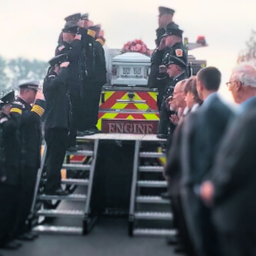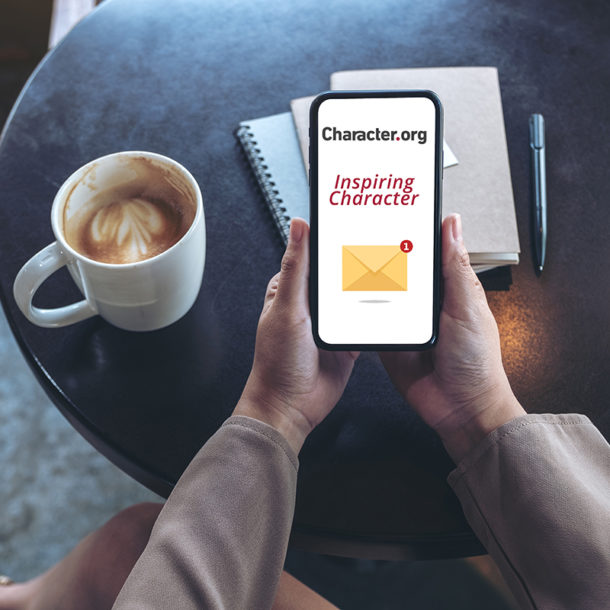By Dr. Arthur Schwartz
This past week I attended a funeral held at the Darlington Volunteer Fire Company, located in rural Maryland. It was for Edna Reeves, a dear and longtime friend of my mother-in-law. The funeral was held at the fire company because both women (and their spouses, before they passed away) were long-time volunteers.
After the service, the volunteer firefighters placed the casket on top of one of company’s firetrucks and drove to the cemetery. Once the casket was lowered and at its final resting place, the company’s chief called the county dispatcher for Edna’s “final call to duty.” We heard over the radio the dispatcher repeat Edna’s firefighter call sign, followed by a moment of silence. Finally, we heard the dispatcher say, “no response.” More silence.
I cried.
I spent the rest of the weekend soaking in the loving spirit of the men and women who volunteer for the Darlington firehouse. When I got home, I took a deep dive into the state of our nation’s volunteer fire departments. I didn’t know that more than 85% of fire departments in the United States are entirely or mostly volunteers. I learned that these firehouses are struggling to find volunteers, even though calls to fire departments have more than tripled in the 30 years (many of these calls are for EMS services).
The clock is ticking to recruit new volunteers. Our volunteer firefighters are getting older, especially in rural communities. Today, one third of all volunteer firefighters are older than age 50.
Recruiting new volunteers may not be easy. Recent studies show that Millennials and Gen Zers are volunteering at lower rates. Part of the decline is related to economic factors. We also know that younger people often prefer to get involved online via social media campaigns. There is also evidence that businesses and companies now prefer their employees to volunteer at local nonprofits for one-day events, rather than employees leaving on a moment’s notice to respond to a fire call.
Residential stability of your ZIP code is also a strong predictor of how much you will volunteer in your community. This insight aligns with my own experience. So many of the people I met at the firehouse have lived in the Darlington community for decades. Yet today, more people move far more frequently.
The Do Good Institute at the University of Maryland recently reported that school-sponsored service projects make a difference when it comes to cultivating a spirit of service. The problem is that just 11 states require students to be involved in service-learning projects and Maryland is the only state that requires students to complete a set number of community service hours before they can receive their high school diploma.
Attending the funeral for “Aunt Edna” was a wakeup call for me. Inspired by the love I felt from the volunteers at the Darlington Firehouse, I re-commit to doing everything I can to equip and empower schools and after-school organizations to inspire young people to discover for themselves the enduring truth and wisdom that “we make a living by what we get, but we make a life by what we give.”









0 Comments